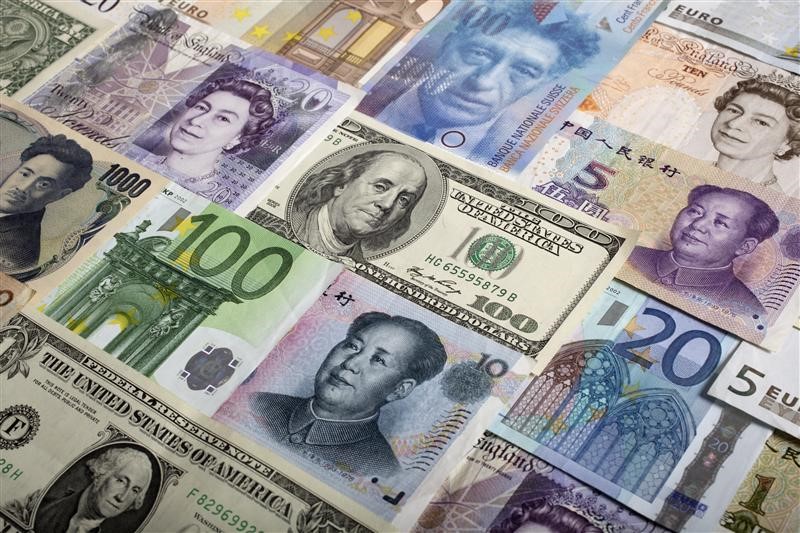By Wayne Cole
SYDNEY, March 3 (Reuters) - The Australian dollar bounced on Tuesday after the country's central bank cut interest rates as part of a global burst of stimulus aimed at cushioning economies from the impact of the coronavirus.
The Reserve Bank of Australia (RBA) cut the cash rate a quarter point to a record low of 0.5% after its monthly Board meeting, and left the door open to further easing.
The RBA warned that economic growth this quarter was likely to be "noticeably weaker" than previously expected, and said there was an expectation of further stimulus in most other countries, including the United States.
Markets had swung wildly in recent days to price in a move amid speculation policy makers would have to act to steady market panic over the virus.
Indeed, some speculators had wagered the RBA would cut by more than 25 basis points and were forced to cover short positions in the Aussie on the decision.
As a result, the currency blipped up 0.3% to $0.6559 AUD=D3 and away from a recent 11-year trough at $0.6435. It now faces resistance around $0.6585.
The New Zealand dollar also steadied at $0.6270 NZD=D3 after bouncing overnight from $0.6180, its lowest since 2009.
Investors are still wagering the RBA will have to go further, with futures 0#YIB: implying an 86% chance of an easing to 0.25% by May and 100% by June.
The bank has previously stated that 0.25% would be the absolute floor for rates and any action after that would involve quantitative easing including buying government bonds.
Markets assume the Reserve Bank of New Zealand (RBNZ) will cut rates by a quarter point to 0.75% at its policy meeting on March 25, and will move to 0.5% by year end. RBNZWATCH
All of that has seen bond prices surge in the past week or so, driving three-year yields AU3YT=RR to all-time lows at 0.343%. Three-year bond futures YTTc1 added another 2 ticks on Tuesday to stand at 99.585.
The 10-year contract YTCc1 firmed 2.5 ticks to 99.2250, implying a yield of just 0.775%.
Data out on Tuesday showed the Australian economy was struggling even before the coronavirus and bushfires hit, with net exports and government spending adding only marginally to growth in the December quarter. for gross domestic product (GDP) are due on Wednesday and forecasts had already been for sub par growth of 0.4% in the quarter.
"We have revised down our GDP growth forecast to zero, and there is a risk that it could be negative," said Shane Oliver, chief economist at AMP Capital.
"Given the rising risk of recession, further policy stimulus is clearly required. In fact, if December quarter growth turns out to be negative a recession may have already begun."
Such is the risk that the conservative government of Prime Minister Scott Morrison has suddenly started talking up the need for fiscal stimulus, having spent years deriding it as a pointless waste of taxpayer money. (Editing by Shri Navaratnam)
